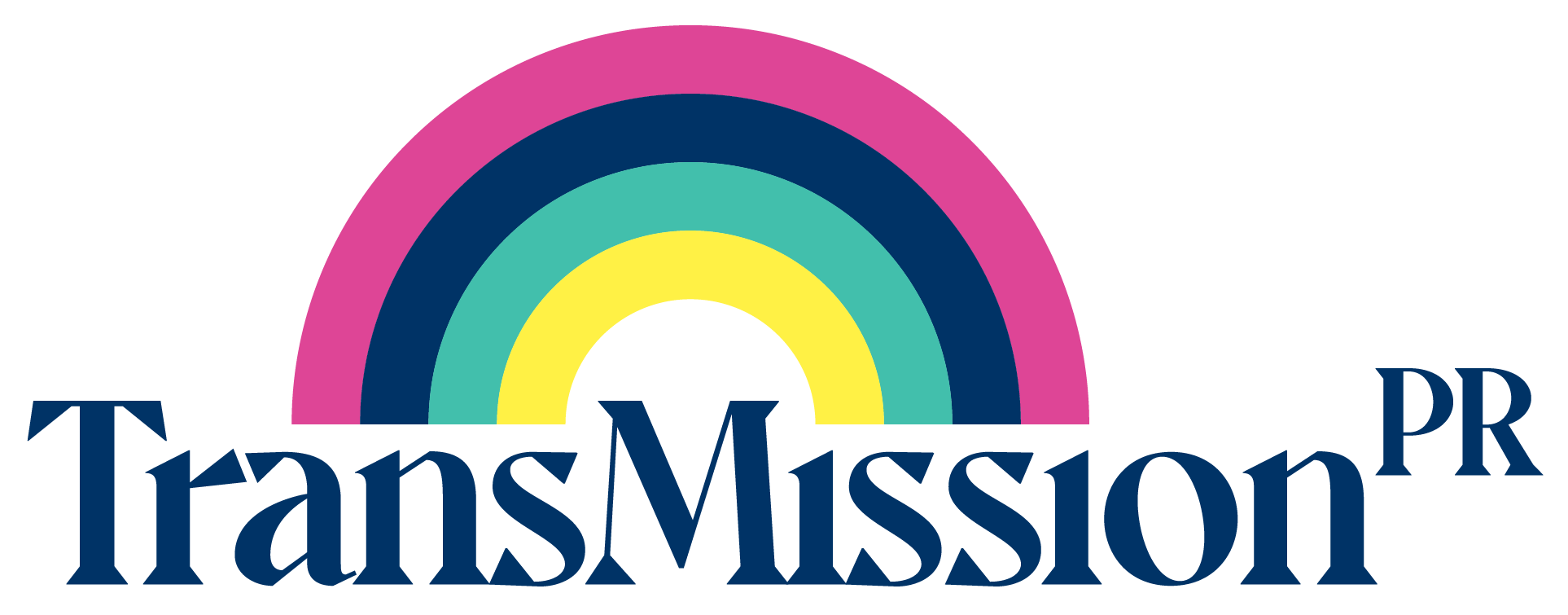
13 May Avoiding pitfalls when communicating on issues impacting trans people
In a recent interview with Sky News, following the forced cancellation of “Safe To Be Me” the UK’s flagship event for LGBT+ people, Boris Johnson was asked to clarify his position on trans rights. His response was that his thinking on the subject was “under-developed”.
Placing aside the obvious concerns that this raises, given his position of responsibility in relation to the rights and freedoms of transgender individuals, the episode highlighted the crucial need for the PM, and his communications team, to up-skill in this area.
Keir Starmer did not fare much better when in a recent interview with LBC he was asked if a woman could have a penis. He too was under prepared in his response, making him appear wrong-footed and extremely uncomfortable.
Both examples served as stark reminders of what happens when someone in a position of authority is asked to comment on something about which they know very little. The spokesperson is left exposed with their credibility undermined but perhaps, most importantly, it leaves those who are the subject of the conversation feeling unseen and unprotected. This combination of factors has the potential to cause significant harm to everyone involved.
Communications teams have a vital role to play in ensuring their clients are able to join the conversation around transgender inclusion in a way which is meaningful. This begins with guiding clients to consider how best to support trans stakeholders – whether that’s colleagues, customers, suppliers – and putting the necessary steps in place to ensure that trans inclusion is more than just an exercise in rainbow-washing.
Why does it matter?
With brands increasingly held accountable for their stance on the political and social issues that today’s consumers face, committing to LGBT+ equality is a powerful signal to stakeholders that a company cares about doing what is right.
But any exercise in inclusivity must stand up to scrutiny.
Through “Safe To Be Me” the UK Government set its intention to tackle inequality around the world and urge countries to take action. However, just months later it was grouped with Russia for its failure to protect LGBT+ rights.
Then the Government announced on Transgender Day of Visibility that, rather than a promised blanket ban on conversion therapy, a practice which has been described as unethical and harmful, the ban would be limited to LGB people.
This resulted in a backlash from the LGB community including the very public resignation of the LGBT+ Business Champion, Iain Anderson, on the grounds that he no longer had confidence in the UK Government’s position on protecting trans people.
The Government now has bigger challenges to overcome. Sunday (April 10th) saw more than three thousand people gather outside number 10 Downing Street in peaceful protest to show their support for a ban of conversion therapy for all. At the time of writing, a Parliament petition to ensure trans people are protected under any ban had reached 122,330 signatures.
What began as an exercise in stakeholder engagement to improve relations with the trans community, has resulted in a communications crisis which has alienated a much wider group of people. The Government will now have to work much harder to regain the trust it has lost.
For communications pros the most important takeaway is this: The trans conversation is here to stay, lean in, upskill and educate your clients so that they have the tools they need to expertly navigate the topic.
If you need support in this area, our expert team is on hand to help. Drop us a line.
First published on April 12, 2022 on PR Week. Replicated with permission of the editor.
Photo courtesy of The Gender Spectrum Collection.
- These New Year’s resolutions will ensure your business stays relevant in 2024 - December 20, 2023
- HER Dating App Takes Bold Stand Against Transphobia - April 28, 2023
- Month one on TikTok done! - February 1, 2023


